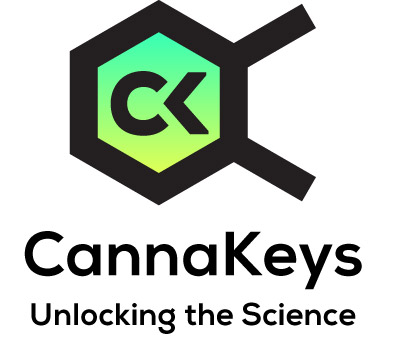JWH-x Synthetic Cannabinoids Research Dashboard
What am I missing as a non-subscriber?
To see a full dashboard with study details and filtering, go to our DEMO page.
As a subscriber, you will be able to access dashboard insights including chemotype overviews and dosing summaries for medical conditions and organ system and receptor breakdowns for cannabinoid and terpene searches. Study lists present important guidance including dosing and chemotype information with the ability to drill down to the published material. And all outputs are fully filterable, to help find just the information you need. Stay up-to-date with the science of cannabis and the endocannabinoid system with CannaKeys.
CannaKeys has 172 studies associated with JWH-x Synthetic Cannabinoids.
Here is a small sampling of JWH-x Synthetic Cannabinoids studies by title:
- Anandamide reduces the migration of lymphocytes to the intestine by CB2 activation and reduces TNF-α in the target organs, protecting mice from graft-versus-host disease
- Chronic Administration of Cannabinoid Receptor 2 Agonist (JWH-133) Increases Ectopic Ovarian Tumor Growth and Endocannabinoids (Anandamide and 2-Arachidonoyl Glycerol) Levels in Immunocompromised SCID Female Mice
- Effects of synthetic (JWH-018) cannabinoids treatment on spermatogenesis and sperm function
- Impact of the Endocannabinoid System on Bone Formation and Remodeling in p62 KO Mice
- Targeting cannabinoid receptor 2 (CB2) limits collagen production-An in vitro study in a primary culture of human fibroblasts
Components of the JWH-x Synthetic Cannabinoids Research Dashboard
- Top medical conditions associated with JWH-x Synthetic Cannabinoids
- Proven effects in clinical trials for JWH-x Synthetic Cannabinoids
- Receptors associated with JWH-x Synthetic Cannabinoids
- Individual study details for JWH-x Synthetic Cannabinoids
Ready to become a subscriber? Go to our PRICING page.
Page Quick Links
Select New Cannabinoid
Overview - JWH-x Synthetic Cannabinoids
Description of JWH-x Synthetic Cannabinoids
The JWH group of compounds is named after the organic chemist John William Huffman (1932–2022). Huffman and his team have developed over 400 synthetic cannabinoid compounds most of which are used to study the endocannabinoid system (ECS) and its potential for medicinal application. However, members of the JWH series contain a number of compounds that have been used to produce "synthetic cannabinoids" such as "Spice", or "K2," which have been implemented in a number of well publicized overdoses and fatalities. As such, many of these compounds are banned in a number of countries such as China, Australia, or Ireland.
Due to their clinical relevance we focus here on two members of the JWH family i.e., JWH-018 and JWH-133.
Other members of this group that have been researched in the context of potential medical applications include: JWH-122 (full agonist at CB1 and CB2), which will also be listed in the primary and related study list accordingly.
Other Names:
JWH Family Synthetic CannabinoidsMolecular Formula: C24H23NO
IUPAC Name: naphthalen-1-yl-(1-pentylindol-3-yl)methanone
Molecular Formula: C22H32O
IUPAC Name: (6aR,10aR)-6,6,9-trimethyl-3-(2-methylpentan-2-yl)-6a,7,10,10a-tetrahydrobenzo[c]chromene
Source–PubChem
JWH-x Synthetic Cannabinoids Properties and Effects
Only Members can view Properties and Effects information. See DEMO page.
JWH-x Synthetic Cannabinoids Receptor Binding
Only Members can view Receptor Binding information. See DEMO page.
Disclaimer
Information on this site is provided for informational purposes only and is not meant to substitute for the advice provided by your own licensed physician or other medical professional. You
should not use the information contained herein for diagnosing or treating a health problem or disease. If using a product, you should read carefully all product packaging. If you have or suspect that you have a
medical problem, promptly contact your health care provider.
Information on this site is based on scientific studies (human, animal, or in vitro), clinical experience, or traditional usage as cited in each article. The results reported may not necessarily occur in all individuals. For many of the conditions discussed, treatment with prescription or over-the-counter medication is also available. Consult your physician, nutritionally oriented health care practitioner, and/or pharmacist for any health problem and before using any supplements or before making any changes in prescribed medications.

